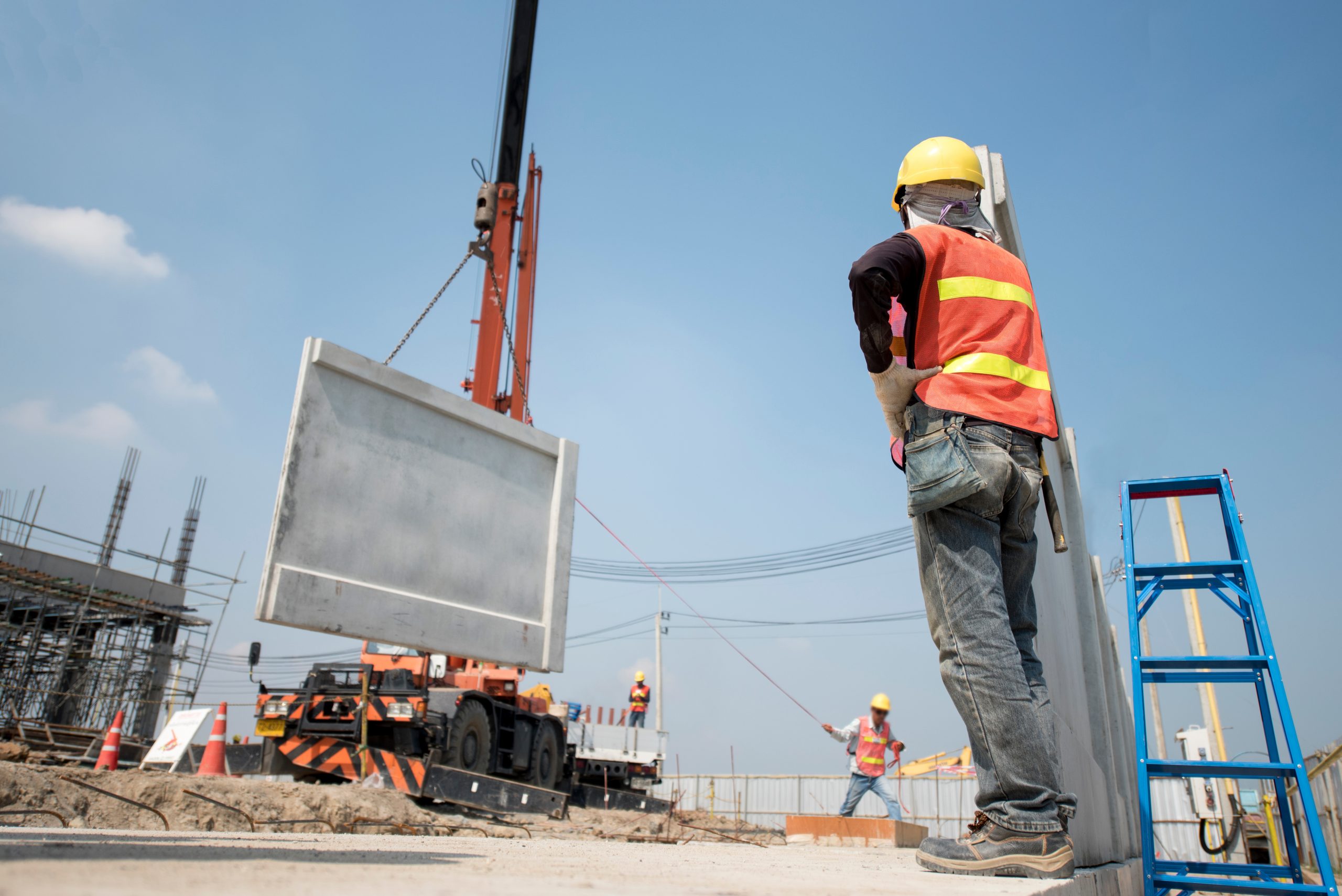When defining specifications for precast concrete products, durability is a key factor. Products used below or above ground are often exposed to harsh environmental conditions. If a concrete product isn’t durable, it will deteriorate much faster than the expected 50 to 100 years. Over the past several decades, there have been significant advancements in the technology used in the concrete mix design. The primary driving force for this has been the need for increased strength in high-rise structures. Another factor is the precast concrete industry’s need for a mix that produces durable concrete with faster curing and high early compressive strengths. So, what makes precast concrete durable?
Permeability
The permeability of concrete can be defined as the ability to regulate the rate at which fluids enter the porous concrete. It’s primarily determined by the size and connectivity of pores and the complexity of the path for the permeating fluid. Concrete’s permeability plays a key role in its durability. Concrete with high permeability allows fluid to pass through it. When the water reaches the reinforcing steel, it encourages corrosion and damages the concrete’s internal structure. Concrete with low permeability is better at resisting the penetration of fluids and is more durable.
Factors that Influence the Permeability of Concrete
Certain factors influence precast concrete’s permeability. These include water-to-cement ratio, compaction and curing of concrete. Water to cement ratio largely contributes to the permeability of each precast concrete batch. Concrete permeability increases with a higher w/c ratio. In this case, a significant amount of free water stays in the concrete after cement hydration is complete.
Cement and aggregate particles are less compact than they would be in a mix with a low water-to-cement ratio. As a result, pores without hydration products are formed. Concrete would therefore be permeable when free water escapes the pores due to evaporation or other factors.
The compaction of concrete is also important. Trapped bleed water and air voids are eliminated when concrete is sufficiently compacted. This prevents the formation of pores and interconnected pores and eventually lowers the permeability of concrete. The curing of concrete significantly impacts its permeability. Adequate curing facilitates proper cement hydration, which means that pores are filled with hydration products.
Compressive strength
The term “compressive strength” refers to the pressure that concrete can withstand without cracking. Tensile strength, which is the force that concrete can withstand without breaking when it’s stretched, is the opposite of this. Your precast concrete’s compressive strength is a crucial indicator of how well it was manufactured and how well it can handle the elements.
Low w/c ratios, high compressive strength, and low permeability increase concrete’s resistance to penetrating fluids. Adding cement is the simplest and quickest way of increasing concrete’s compressive strength. The cement fills the cross-section with tiny particles, reducing the number and size of voids that penetrating fluids can pass through. Precast concrete with a compressive strength of 5,000 psi is denser than one with 3,500 psi. If the water-to-cement ratio is the same, the denser concrete will offer a longer service life.
Additives
These are used in concrete mixes for several reasons. They’re added to a cement mix to control the setting, harden concrete, increase its lifespan, and fix general concrete behaviour. In the case of precast concrete, additives are typically powdered and added at the manufacturing stage. Powdered additives are made up of tiny pieces of material that are suspended in water.
Additives can keep concrete from becoming brittle and prevent cracking. By giving manufacturers more control over the setting, they can ensure the concrete doesn’t become too soft or too hard. It also gives them control over the level of moisture in the precast concrete. Additives also make concrete more resistant to different types of stresses to reduce the rate of weathering. All these factors work to make precast concrete more durable.
Plant certification
Even with the best technology and experience, durable concrete products can’t be guaranteed if proper manufacturing procedures aren’t consistently used. The precast industry has widely embraced the idea of plant certification programs to encourage consistent quality in precast products. These programs, which use independent engineering firms, offer the precaster and the end user two main benefits.
First, precast concrete facilities receive a Quality Control Manual from the associations in charge of the certification programs. They use it as a template when creating their own plant-specific manuals. Each plant’s manual must highlight the record-keeping procedures and define the proper procedures for manufacturing, pouring, and curing concrete. Written documentation ensures consistency of production procedures despite personnel changes.
The second benefit of certification programs is that independent engineering firms conduct physical in-plant inspections to verify compliance with the methods listed in the Quality Control Manual. This assures end-users that the inspections carried out at the manufacturing facility are unbiased. It also ensures manufacturers enforce the Quality Control program after establishing it. Programs for plant certification also give specifiers the reassurance that certified precast concrete facilities adhere to a minimum set of generally recognized industry standards.
The cornerstones to the long-term success of construction components are quality, value, and permanence, and precast concrete offers the perfect solution. Over the past ten years, concrete chemical additives have undergone significant technological advancements, and quality control has increasingly been overseen by associations offering plant certification programs. All these factors have worked to make precast concrete more durable.

